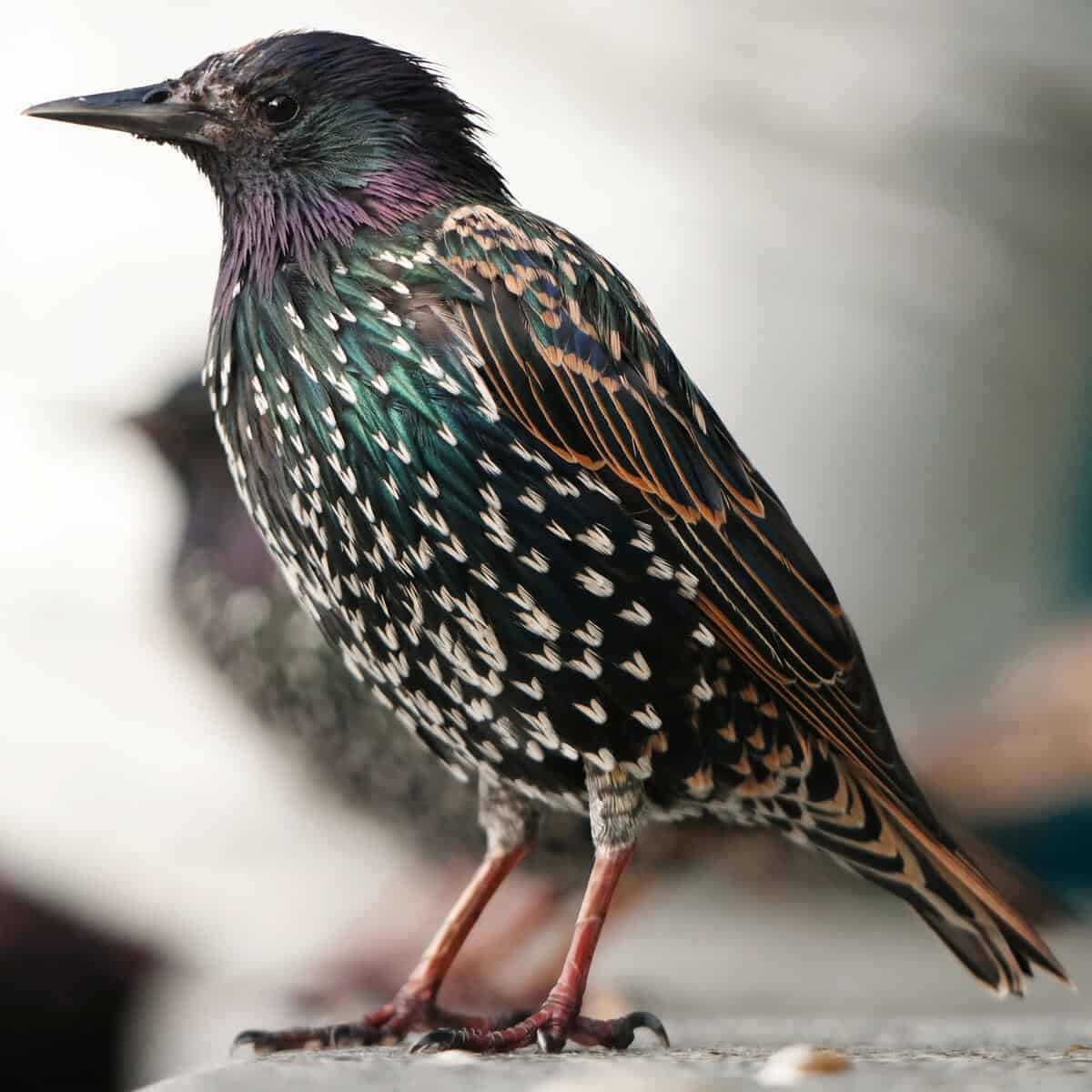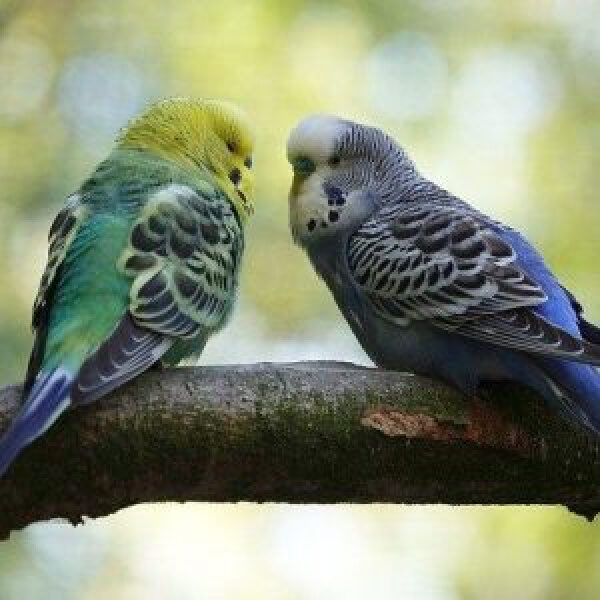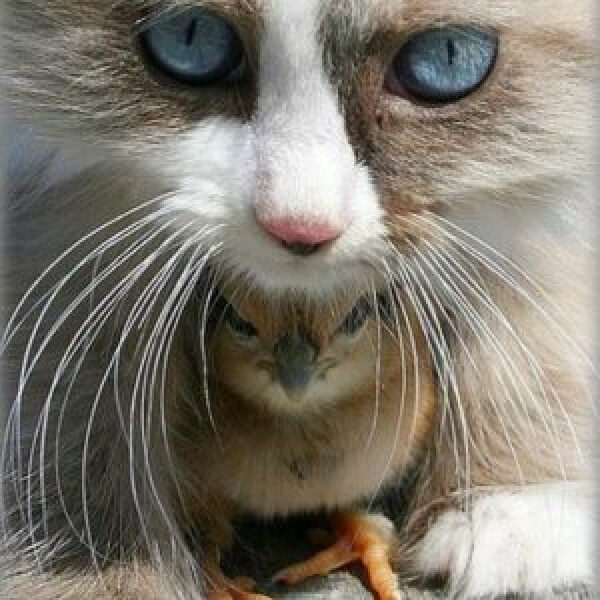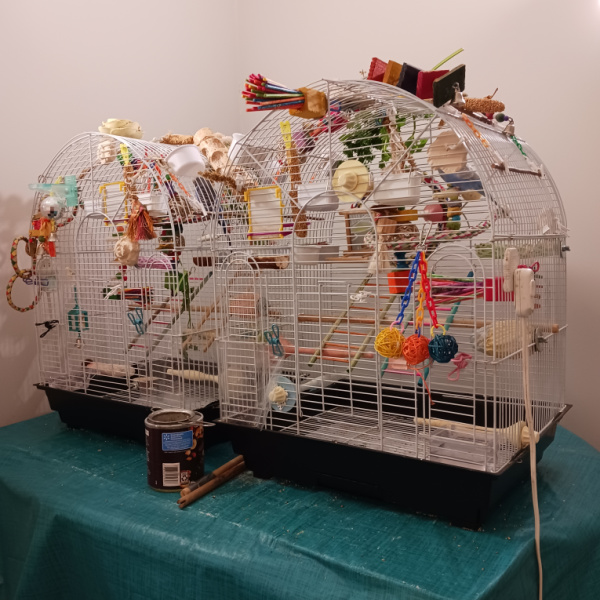
How We Learned Starlings Don’t Take Directions From Just Anybody Stuarts Story Chapter 1
Last Updated on by Mitch Rezman
Revisiting Perdeck’s Legendary Avian Migration Experiments: Or, How We Learned Starlings Don’t Take Directions From Just Anybody
Introduction: Of Birds, Maps, and Mysterious In-Born GPS Systems
Imagine, if you will, a time before Google Maps, GPS, and your favorite navigation app calmly rerouting you after you’ve made a wrong turn for the third time. Now, picture a young starling—let’s call him Stuart—taking flight for the first time, migrating across countries he’s never seen, with nothing but an internal compass, a gut feeling, and maybe a bit of advice from his elders (if he’s lucky). The stakes are high; miss a turn, and Stuart might find himself wintering somewhere decidedly un-snowbird-like.
This isn’t just a fanciful tale to tell over dinner, though. Back in the mid-20th century, a Dutch ornithologist named A. C. Perdeck conducted some rather epic experiments with these feathered travelers, hoping to answer a crucial question: Do young birds like Stuart rely solely on inherited instincts to navigate? Or do they pick up some hints along the way from their fellow travelers, perhaps by striking up a conversation over the best worm-picking spots?
Fast forward to today, and we’ve been poring over Perdeck’s massive data haul—14,000 starlings strong, give or take a few—and diving into his dusty archives to see if we can debunk or confirm his conclusions.
Turns out, Stuart and his buddies might not be as socially savvy as we once thought. But let’s not get ahead of ourselves. Let’s fly back to the beginning, shall we?
The Challenge of the Great Avian Migration: Starlings On a Mission
Every autumn, flocks of birds—starlings among them—embark on migrations that would make even the most seasoned traveler marvel. While some species take their cues from the sun, the stars, or even the Earth’s magnetic field, others seem to have an in-built road map passed down through generations. The big question that’s kept scientists up at night, with binoculars in hand, is whether these birds are born with a knack for navigation or if they pick it up along the way, perhaps by eavesdropping on the local gossip of the skies.
Now, starlings are known for being quite the social butterflies (or birds, in this case). They flock together, move in synchronized swarms that could rival any choreographed dance routine, and generally keep close tabs on one another. So, it wouldn’t be too far-fetched to think that a young starling might just follow the crowd when it comes time to migrate. If his older, more experienced cousin says, “Southwest is the way to go,” who’s Stuart to argue?
But, as it turns out, Perdeck’s experiments suggested something rather surprising. When he packed up these starlings and shipped them off to unfamiliar territories, it became clear that these young ones weren’t just tagging along for the ride—they were following an inherited route, come what may.
Perdeck’s Big Experiment: Packing Up the Birds and Shipping Them Out
Picture this: It’s the late 1940s, and Perdeck is running around like a bird-crazed Santa Claus, catching starlings and sending them off to far-flung destinations in Switzerland and Spain. His goal? To see if these birds, once released, would find their way to their usual winter hangouts—or if they’d end up horribly lost, perhaps asking a local sparrow for directions.
In what might be one of the largest avian relocation projects ever undertaken (seriously, this was no small feat), Perdeck moved more than 14,000 starlings to places far from their familiar Dutch skies. He split them up by age, sending adults and juveniles in different directions. The older birds, seasoned travelers that they were, adjusted their flights like pros, correcting their routes and finding their way back to their usual winter spots. They were the bird equivalent of a seasoned road-tripper who could reroute around a traffic jam with ease.
But the youngsters? Well, they were a bit more like your teenage self behind the wheel for the first time—determined to stick to the original plan, even if it led them a bit astray. These juvenile starlings, despite all their social tendencies, seemed to be flying solo in their decision-making. They kept on going in the direction their genes told them to, ending up in new, unfamiliar places when they should have been cozying up with the rest of their flock back home.
The Social Learning Theory: Or, Why We Thought Birds Might Be More Like Us
For years, some birdwatchers and scientists thought, “Hey, these young starlings must be picking up some tips from the locals after they’re dropped into an unfamiliar territory.” It made sense—after all, if you were dropped into a foreign land, you might just ask for directions, wouldn’t you?
This idea, known as the social learning theory, posits that young animals, much like young humans, learn by watching others. It’s the classic “monkey see, monkey do” scenario—except, in this case, it’s “starling see, starling do.” So, when Perdeck’s birds were released in Switzerland and Spain, some thought they’d just buddy up with the local starlings and follow them wherever they were headed.
But after re-examining Perdeck’s data and throwing in some additional historical recovery data from those translocation sites, we’ve come to a surprising conclusion: These young starlings weren’t taking any tips from their new neighbors. Nope, they were sticking to their inherited routes like a GPS that refuses to recalculate, no matter how many “Make a U-turn” commands it gets.
The Method to the Madness: How We Revisited Perdeck’s Work
Revisiting Perdeck’s experiments was no small task. His original records—tucked away in a paper archive that probably smelled like a mix of old books and bird feathers—had to be carefully digitized, analyzed, and compared with modern data.
To get the full picture, we looked at ring recoveries—essentially, bird trackers before GPS was a thing—and compared where these starlings ended up after being released. We also dove into the archives of Swiss and Catalan Ornithological Institutes to see where local starlings were heading during the same period. The idea was to see if Perdeck’s translocated juveniles were just copying the locals or if they were flying to the beat of their own drum (or rather, the beat of their inherited navigation program).
And what did we find? Despite all their social tendencies, these young starlings weren’t swayed by the locals. They kept heading in the direction their genes had programmed them to go, even if it meant ending up somewhere entirely new and uncharted.
Perdeck’s Legacy: What We Learned About Bird Navigation (And Maybe a Bit About Ourselves)
So, what does all this mean for our friend Stuart the starling and his migratory escapades? Well, it turns out that starlings—and possibly other songbirds, too—aren’t as socially dependent on their fellow travelers as we once thought. Sure, they might hang out in flocks and share a few chirps about the best places to snag a tasty insect, but when it comes to migration, they’re pretty much on their own.
Perdeck’s experiments have stood the test of time, showing that these young birds have an impressive genetic program that guides them on their first big journey. This internal compass might not always get them to the exact right spot on their first try, but it’s a heck of a lot more reliable than the social cues they might pick up along the way.
In a world where human travelers are increasingly reliant on digital maps and apps, there’s something both humbling and awe-inspiring about a bird that sets out on a cross-continental journey with nothing but instinct to guide it. And while we might not have to navigate by the stars or magnetic fields, there’s a lesson to be learned from these starlings: Sometimes, you’ve just got to trust your gut—or in this case, your genes—and see where the journey takes you.
A Word on the Future: Starlings, Climate Change, and What Comes Next
But wait, there’s more! Perdeck’s work doesn’t just tell us about how birds navigate—it also raises important questions about how they’ll adapt to a world that’s changing faster than ever. As climate change shifts weather patterns and alters landscapes, these inherited navigation programs might need to update themselves faster than a software patch on your phone.
For species like starlings, adapting to these changes isn’t just a matter of learning a new route—it’s about evolving entirely new behaviors. And as we continue to study these birds and their migratory habits, we’ll gain insights that could help us understand how all kinds of animals, including ourselves, might adapt to the challenges ahead.
So next time you see a flock of starlings swooping and diving in the sky, take a moment to appreciate the remarkable journey each one of those birds is on. Whether they’re following the crowd or charting their own course, they’re part of a legacy of migration that stretches back generations—and one that’s still evolving, just like the world around them.
Conclusion: And Now, for the Final Chirp
Perdeck’s legendary experiments have given us a lot to chirp about, from the mysteries of bird navigation to the importance of genetic inheritance in shaping migratory behavior. While we’ve debunked the idea that young starlings rely heavily on social cues during migration, we’ve also opened up new avenues for understanding how these birds—and indeed, all of us—might adapt to a rapidly changing world.
So here’s to Stuart the starling and his epic first migration. May his instincts guide him true, his wings stay strong, and his journey inspire us all to embrace the unknown with a sense of wonder and adventure.
Epilogue: The Curious Case of Stuart and the Future of Feathered Flyers
As Stuart flaps his way across the European continent, we can’t help but wonder what his future holds—and what it means for the rest of his kind. After all, while Stuart’s navigation skills might be hardwired, the world he’s flying through is anything but static. In a rapidly changing environment, even the best-laid flight paths might not lead where they used to.
But let’s not get too carried away with the doom and gloom. Stuart and his starling comrades have been around for millennia, and they’re not about to let a little thing like global warming ground them. If history has taught us anything, it’s that life finds a way—even if that way involves some unexpected detours and the occasional crash landing in a Spanish vineyard.
As Stuart soars over the landscape, he’s probably not thinking about the complexities of climate change, habitat loss, or the impact of human activity on his favorite wintering grounds. (Frankly, he’s probably more focused on spotting a tasty beetle or two.) But for us humans, those questions are becoming increasingly pressing. How will birds like Stuart adapt when their usual migration routes no longer lead to the food-rich winter havens they once did? And what role will we play in ensuring that these ancient migratory patterns continue in a world that’s changing faster than a starling on a tailwind?
Original plot by Morrison T. Pot, Marcel E. Visser, Barbara Helm, Jan A. C. von Rönn, and Henk P. van der Jeugd re-written by Mitch Rezman and the Windy City Parrot Content Team
Published under the terms of the Creative Commons Attribution License http://creativecommons.org/licenses/by/4.0/, which permits unrestricted use, provided the original author and source are credited.
Author Profile
Latest entries
 The Traveling BirdJune 26, 2025Can You Name 5 Parrot Species That Are Living Wild in the USA?
The Traveling BirdJune 26, 2025Can You Name 5 Parrot Species That Are Living Wild in the USA? Bird BehaviorJune 26, 2025How is it Parrots Are Problem Solvers Social Animals and Even Use Tools?
Bird BehaviorJune 26, 2025How is it Parrots Are Problem Solvers Social Animals and Even Use Tools? Bird & Parrot AnatomyJune 25, 2025How a Tiny Chemical Modification Makes Parrots Nature’s Living Paintings
Bird & Parrot AnatomyJune 25, 2025How a Tiny Chemical Modification Makes Parrots Nature’s Living Paintings PigeonsJune 20, 2025How Do Parrots Thrive in Cities Outside Their Native Habitats?
PigeonsJune 20, 2025How Do Parrots Thrive in Cities Outside Their Native Habitats?


